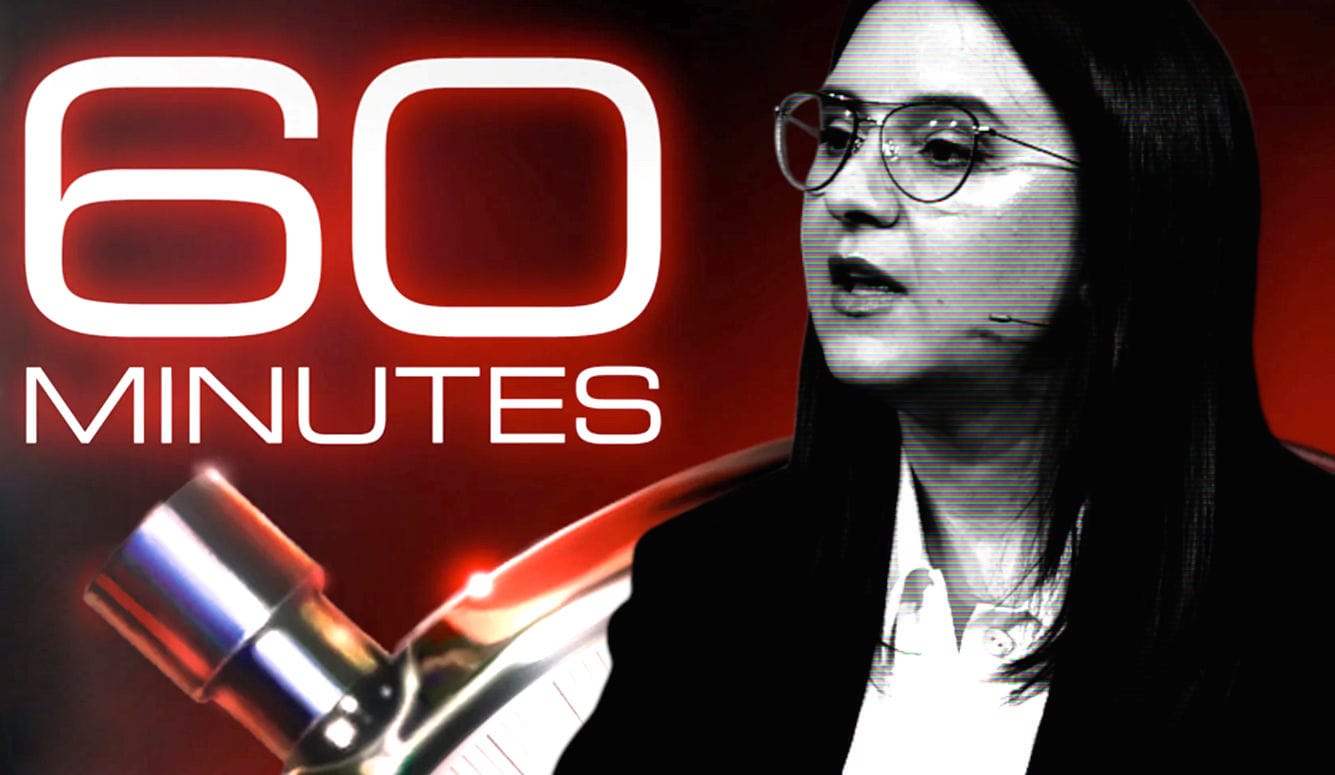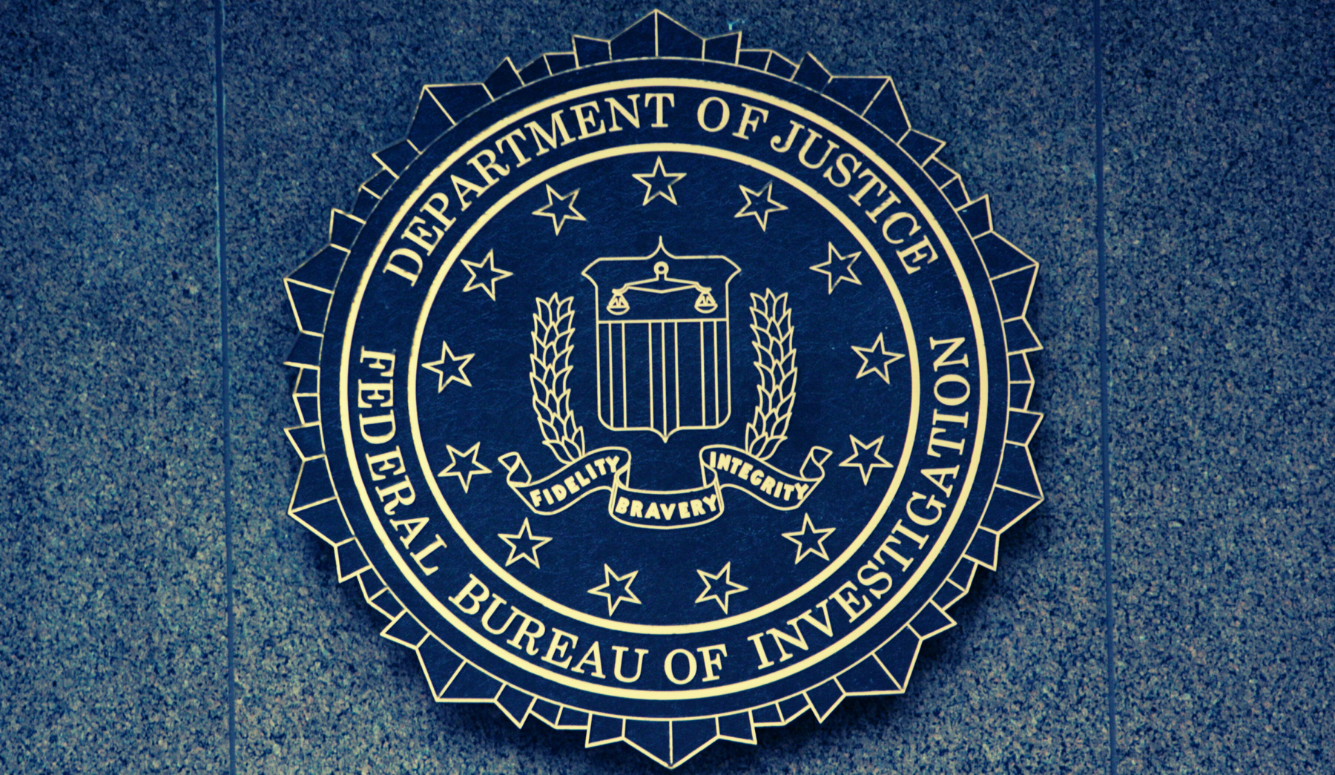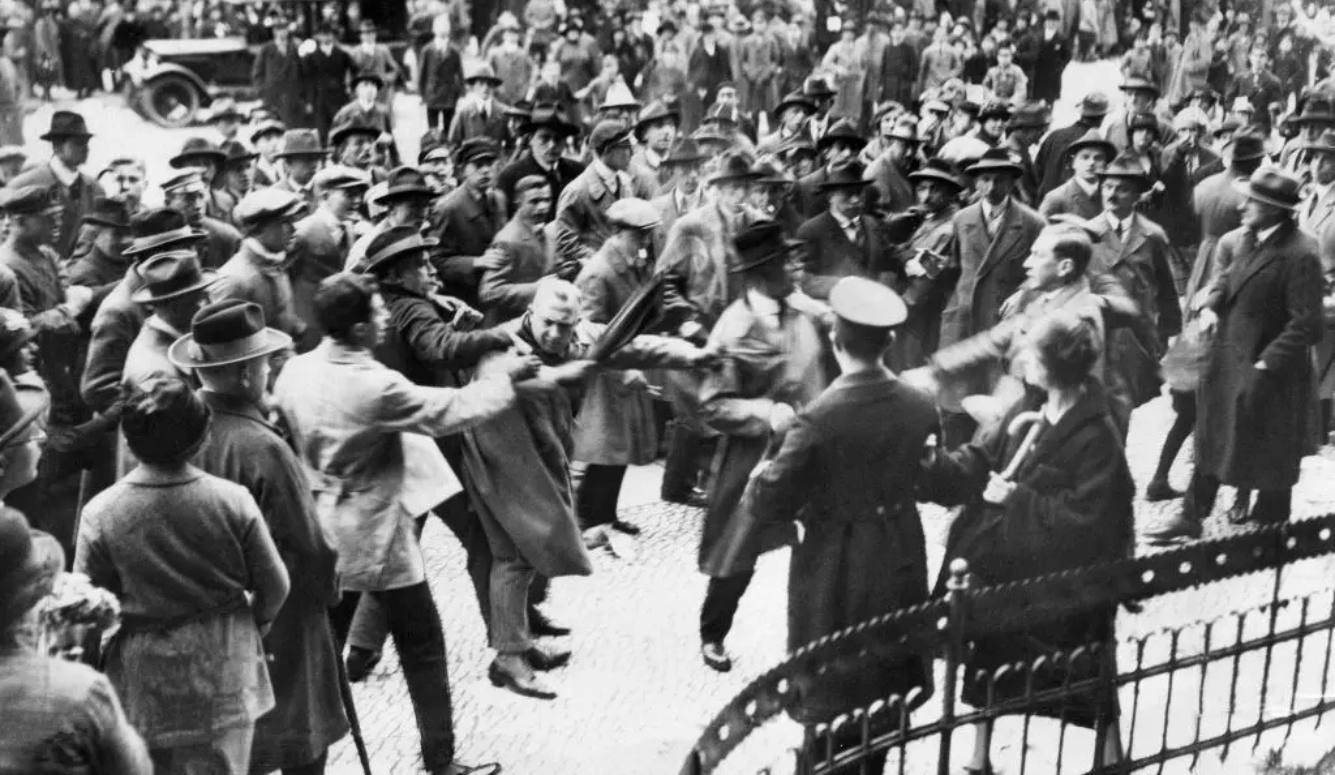Iran
Naive Protest and Calculated Terror
The Australian security services have confirmed that Iran orchestrated antisemitic attacks in Sydney and Melbourne. This is not the first time leftist causes have been hijacked by Islamists. It is time we confronted this danger.
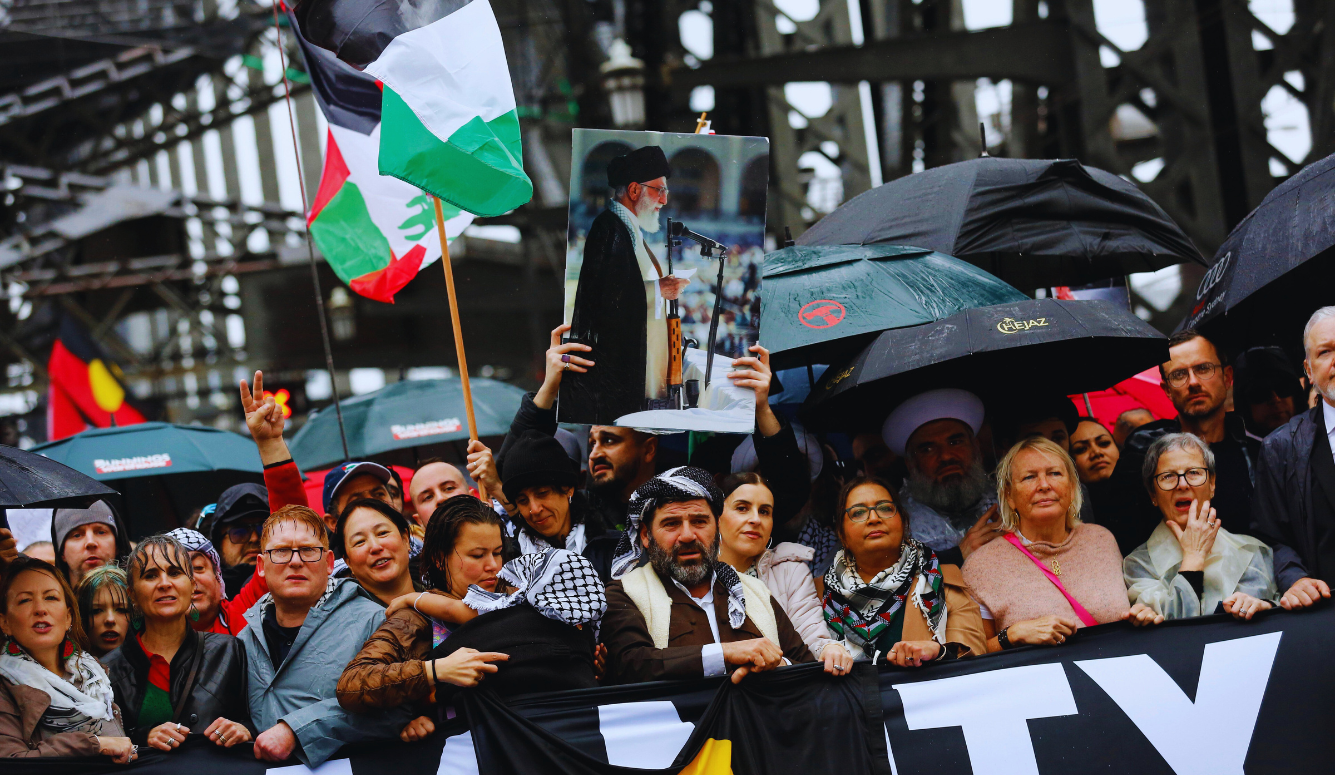
On 3 August, tens of thousands of Australians marched across the Sydney Harbour Bridge under the banner “March for Humanity—Save Gaza.” Among them were former foreign minister Bob Carr, WikiLeaks founder Julian Assange, Sydney’s Lord Mayor Clover Moore, and federal MP Ed Husic. Behind the politicians and celebrities stood a tall bearded man at the very front of the procession, holding aloft a portrait of Iran’s Supreme Leader, Ayatollah Ali Khamenei.
Carr later claimed he hadn’t noticed the picture. Yet he posted photos of himself standing directly in front of it to his social-media accounts. The symbolism was grotesque: at the centre of Australia’s largest pro-Palestinian demonstration in history stood the figurehead of the world’s foremost state sponsor of terrorism.
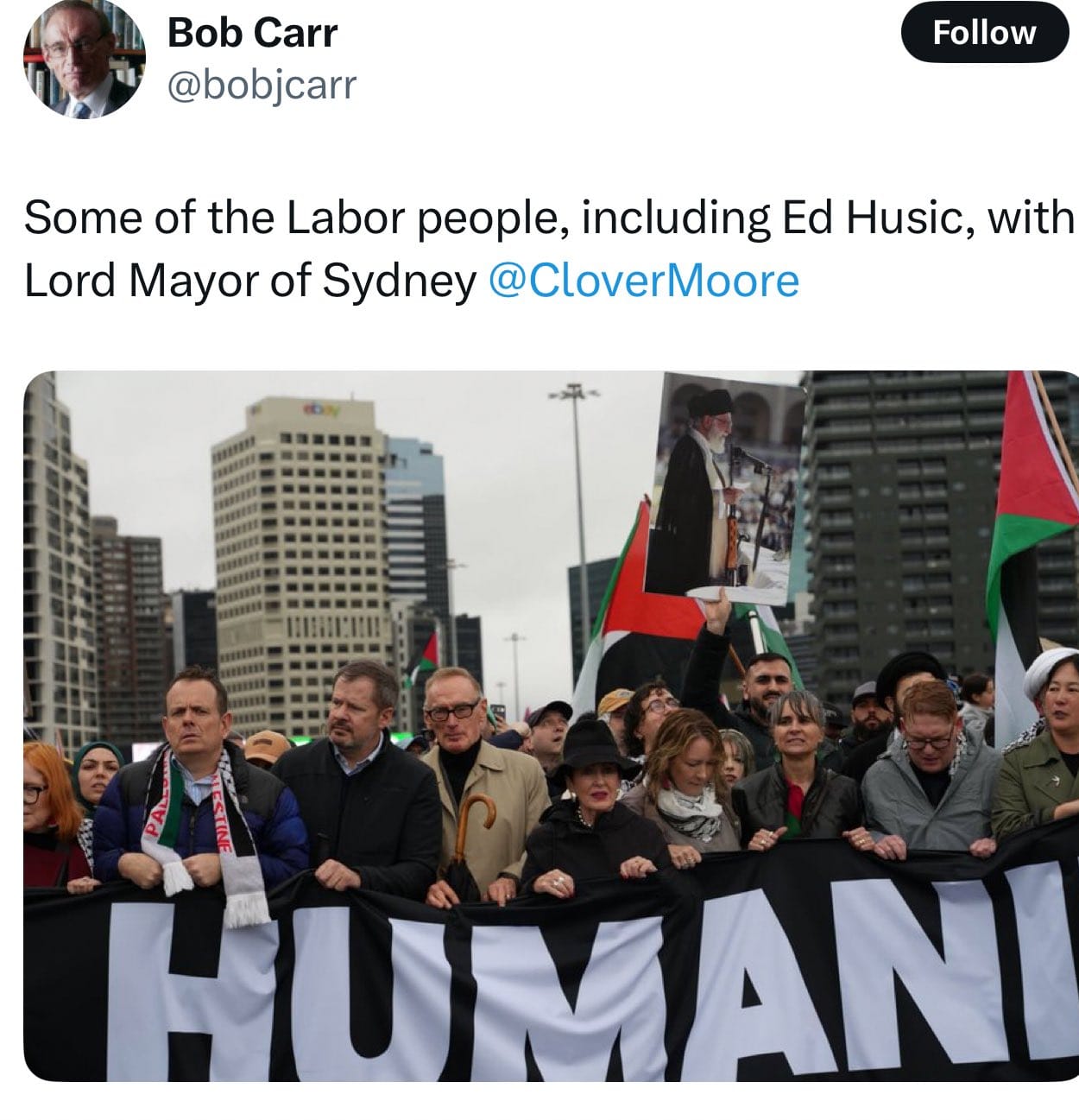
The optics did not end there. Not only was the portrait of Khamenei held up at the “march for humanity” but so was the black shahada flag, appropriated by the Islamic State (ISIS) and al-Qaeda, flown by Youssef Uweinat, a convicted Islamic State recruiter, released from prison only last year.
Such symbolism has become even more disturbing in light of revelations this week. On 26 August, Prime Minister Anthony Albanese, along with Mike Burgess, Director-General of the Australian Security Intelligence Organisation (ASIO) confirmed that the Islamic Republic of Iran directed the arson attack against the Adass Israel Synagogue in Melbourne and Lewis’ Continental Kitchen, a Jewish-owned business in Sydney. Australia has expelled Iran’s ambassador—the first such expulsion since the Second World War—suspended operations at its Tehran embassy, and said it would legislate to list the Islamic Revolutionary Guard Corps (IRGC) as a terrorist organisation.
Investigators say the IRGC used a web of proxies—including organised-crime intermediaries—and traced funding flows, including cryptocurrency transactions, to local operatives. More incidents are suspected.
Since the 1979 Islamic Revolution, Iran has been using proxies to sow discord abroad while crushing dissent at home. Hamas in Gaza, Hezbollah in Lebanon, and the Houthis in Yemen are sustained by Iranian money, weapons, and intelligence. As Pierre James and Suha Hassen wrote for Quillette in 2024:
The Islamic Republic provides Hamas with training, weapons and nearly $100 million in annual funding. Furthermore, not only did the highest levels of the Iranian government give the go-ahead for the attack, but Iran also provided special training in the months leading up to the [7 October] attack—such as in the use of paragliders—as well as additional weapons and funding specifically earmarked for the commission of the atrocity.
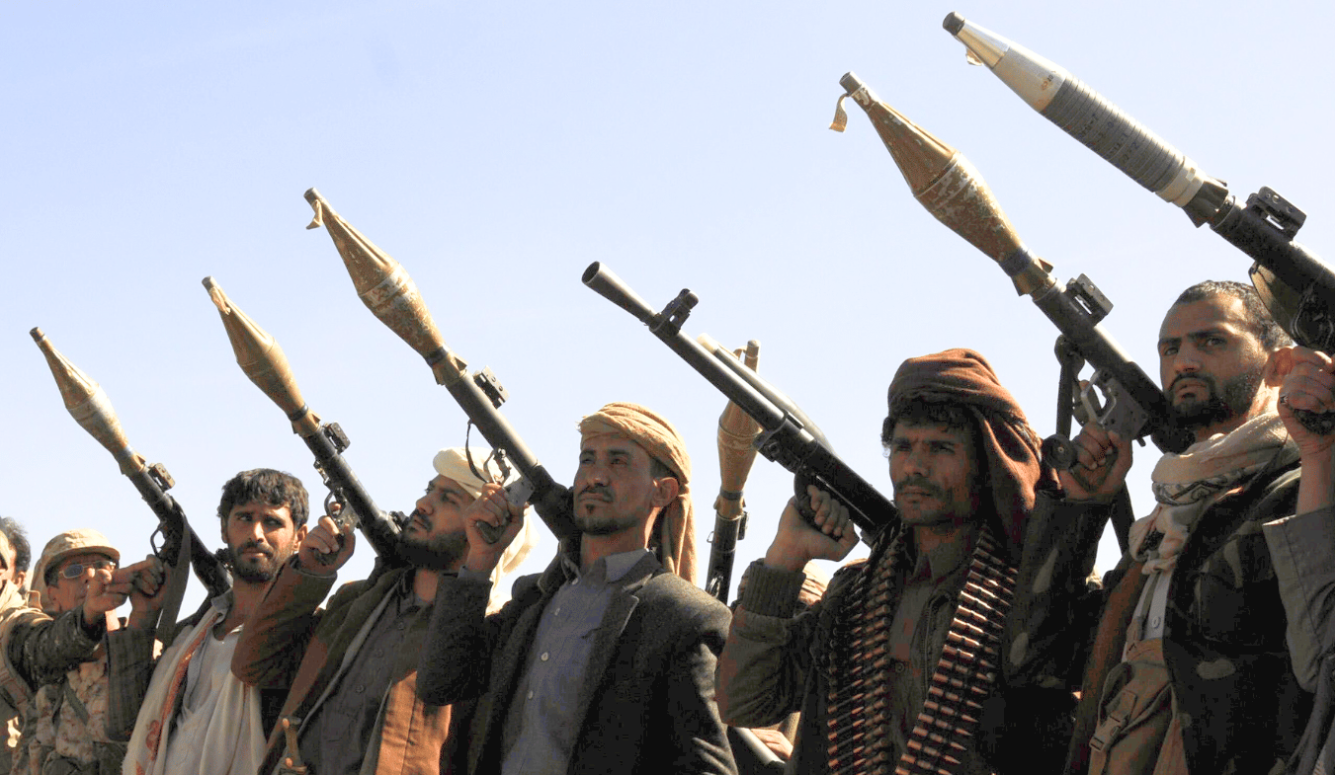
These Iranian proxy groups are formally designated as terrorist organisations by much of the democratic world, while Iran describes them as “liberation movements.” In practice, they serve Tehran’s goals: they destabilise neighbours, attack Western targets, and keep alive the dream of Israel’s annihilation.
Hezbollah’s bombing in Argentina, Hamas’s massacres of Israeli civilians, and the Houthis’ missile attacks in the Red Sea all lead back to Iran. The US State Department estimates that Tehran spent more than US$16 billion between 2012 and 2020 sustaining Bashar al-Assad and his militia allies in Syria. Hezbollah alone received upwards of US$700 million in that period. Iran’s reach has extended into Europe, Asia, and now, as we have learned, into Australia.
And yet, Western activists continue to romanticise the Palestinian cause in the simplest of binaries: the “oppressed” against the “oppressor,” colonised versus coloniser. In this telling, the history of the conflict is airbrushed away, Hamas disappears from view, and Iran’s authoritarian theocracy—an Islamist regime that executes dissidents and flogs women for showing their hair—is conveniently ignored. The binary may provide ideological comfort to radical leftists, but it flattens reality and corrodes moral judgment. This callousness was laid bare by gender theorist Judith Butler in the aftermath of the 7 October massacres, when she insisted: “The uprising of October 7 was an act of armed resistance … It is not a terrorist attack, and it is not an antisemitic attack. It comes from a state of subjugation and is directed against a violent state apparatus.”
In her recent conversation with Quillette, Iranian poet and memoirist Roya Hakakian traces the modern-day alliance between the Western Left and Islamists to the Revolution, which she lived through as a young woman in Tehran. In many ways, she told Quillette, the Ayatollah Khomeini was a pioneer. This was the first time an Islamic fundamentalist had taken over a secular revolutionary movement. To the leftist intellectual elites of the time, he appeared to be a figurehead of resistance to tyranny in the vein of Mahatma Gandhi, Nelson Mandela, or Daniel Ortega. His religious conviction was viewed as a purely personal spiritual commitment and his religious garb merely as a kind of local costume. No one anticipated that he would ride the wave of revolutionary fervour to seize power for himself, setting a precedent that would inspire the terrorists of ISIS, Al-Qaeda, Hezbollah, and Hamas and transform the words Allahu Akbar from a religious chant into a political war cry. The Iranian revolution showed how susceptible leftist causes are to being hijacked by Islamists. It should have been a wake-up call for governments. Sadly, the world is still learning those painful lessons.

It’s not only academics and fringe activists who are naive about the ambitions and machinations of Islamist Iran, however. In Australia, elected officials including Ed Husic, Mehreen Faruqi, Clover Moore, and Jenny Leong marched across the Harbour Bridge alongside ISIS recruiters and protesters brandishing portraits of the Ayatollah. Former Australian Foreign Minister Bob Carr rails against the supposed power of the “Israel Lobby,” spinning conspiratorial webs, even as Tehran’s terror networks orchestrate firebombings in our suburbs.
Former Foreign Minister Bob Carr posing with the Iranian ambassador and marching ahead of a Khamenei portrait
— Drew Pavlou 🇦🇺🇺🇸🇺🇦🇹🇼 (@DrewPavlou) August 26, 2025
Big questions to answer @bobjcarr now that the Australian government have linked Iran to firebombing attacks against Jews in Australia. pic.twitter.com/VcwsOeFFZs
When Australians march beneath portraits of Khamenei or wave the black flag of ISIS, they are not advancing the cause of “humanity.” They are, knowingly or not, lending legitimacy to forces that burn synagogues, murder civilians, and dream of global jihad. What begins as a fashionable protest can quickly become a stage for extremists—be they Tehran’s operatives or local recruiters exploiting the Gaza war to radicalise the disaffected. Iran’s regime is not a distant problem; its fingerprints are already on arson attacks in Melbourne and Sydney. To parade under its symbols while ignoring its victims is not moral clarity, but dangerous naivety.
What is needed now is moral seriousness, and the courage to confront the extremists in our streets as firmly as we condemn those abroad. We should also be asking why it took so long for the Australian government to list the IRGC as a terrorist organisation.

